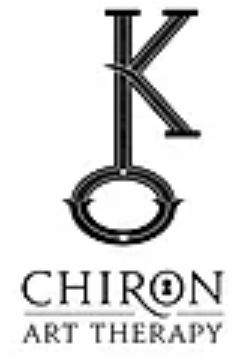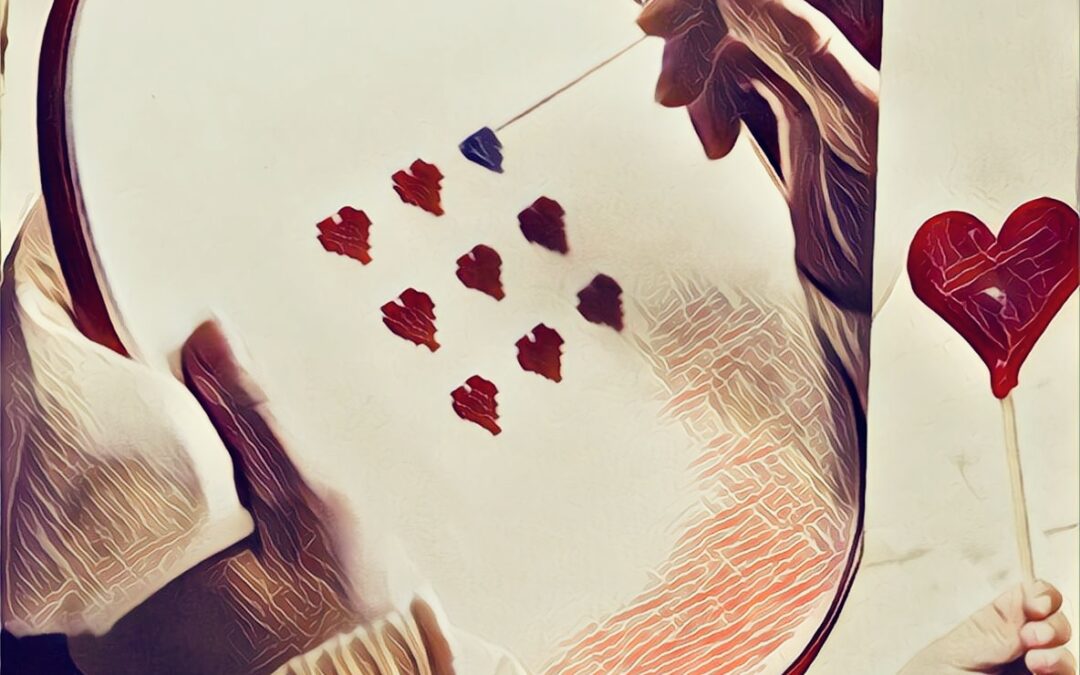Our bodies tell us stories and offering up wisdom on a daily basis. Symptoms and body sensations are a language of their own. Therefore, the more we connect with our bodies, the we can understand these messages. Art therapy is a great way to give your body ways to “speak” without words and to create a relationship of embodied feelings as part of your self-care and personal journey.
Self Care
First, I’d like to talk about self care. The better our self-care habits the better we will feel. Furthermore, when we tune in to our bodies and do what needs to be done to tend our emotions, mental hygiene, and good physical health, we start living life in a holistic way.
Unfortunately, self care is phrase that gets overused lately. Examples of self care include going to bed on a regular schedule, journaling as a way to process dissonant feelings, drinking enough water, and moving our bodies. Self care may also be about setting limits such as saying no to french fries or a drink at the end of the day. Self care and “treat yourself” are not the same thing. I identify the distinction by asking, “are you zoning out or tuning in?” So, when I’m engaging in an activity I start to ask if I’m avoiding dealing with something or if I’m working on emotional or energy regulation.
Tending out Emotions
Tending emotions may be journaling, winding down, and engaging in exercise. Likewise, big emotions start as a knot in your throat, stomach, or a little tension in your head. These little indicators present an opportunity for you to check in and move through the emotions.
However, on the other hand, checking out through binge watching TV, drinking, or emotional eating, only covers up the feelings. This results in the emotions building under the surface until they take over and become explosive and undeniable.
Active Forms of Meditation
In the early 2000’s, I was introduced to a lovely book called Meditation Secrets for Women : Discovering Your Passion, Pleasure, and Inner Peace by Camille Maurine and Lorin Roche. The premise of the book was that passive meditations such as sitting still and counting your breath or trying to aim toward an “empty mind” doesn’t work for everyone. The book introduces ideas such as mindful walking, knitting, and labyrinths as a way to engage in meditative actions that may include movement.
For example, I incorporate visualization with a vision board and affirmations into my morning meditations. Walking is one of my favorite ways to regulate anxiety and hit a reset on how I’m feeling.
Dialoging with our Bodies
One of the ways I enjoy working with clients is through a process called active imagination. Active imagination engages your imagination to understand what the body is trying to say to us. That tension headache may be asking you to slow down. On the other hand, the sick feeling in your stomach may be related to trauma memories and asking for you to “proceed with caution.” In order to recognize the difference between wisdom and a trauma response requires awareness and patience.
If you interested in further reading about how the body holds trauma, The Body Keeps the Score: Brain, Mind, and Body in the Healing of Trauma, by Bessel van der Kolk is a great resource.
In art therapy, I often incorporate body scan meditations with reflective art making. Then the client and I engage in active imagination with the body and the image. We create space with this process to listen to the body’s wisdom.
Living Embodied Wisdom Mindfully
Emotions come and go. They don’t have to be “warranted” or make logical sense. The more space, time, and attention we spend on tuning in and showing up, the more we are able to understand what our emotions are trying to say to us. Honoring our bodies, minds, and emotions can be a satisfying practice. Here I mean practice, such as “practicing the way” or the dao. Practice may not make perfect. However, practice can make our lives more enjoyable and reduce suffering.
If you have trouble discerning the difference between a trauma response and the voice of the Self’s wisdom, I’d be happy to work with you in art therapy. Feel free to reach out to learn more.

Maggi Colwell
Maggi is a licensed art therapist at Columbus Art Therapy who assists their clients to discover more of themselves through dream analysis, art therapy, shadow work, and depth psychotherapy. They specialize in working with grief and loss as well as c-PTSD. Click the button to sign up for Maggi's newsletter to get notifications about new blogs and upcoming events including workshops, groups, rituals, and art.

